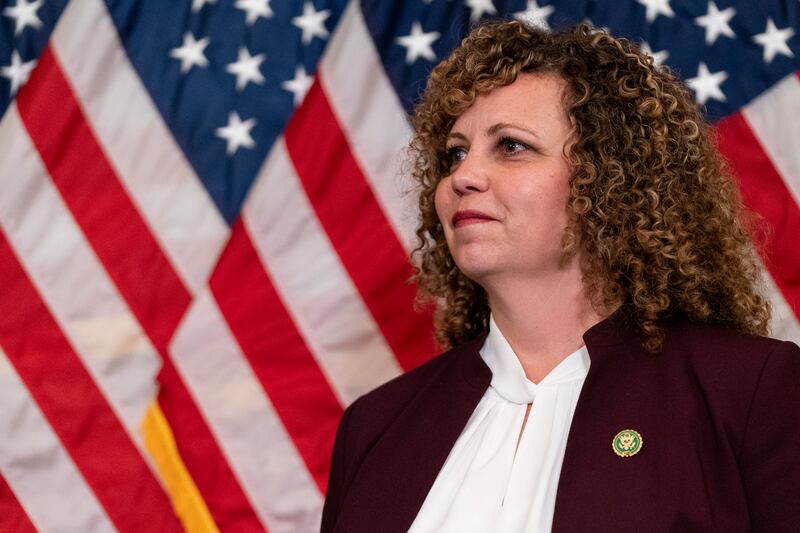Celeste Maloy was sworn in as the newest representative from Utah on Nov. 28. That made her only the fifth woman from Utah elected to Congress, four of whom were Republicans and one a Democrat.
For the first time in 23 years, there are two women serving in either statewide or federal office, Maloy and Lt. Gov. Deidre Henderson. In 2000, Olene Walker was the lieutenant governor and Jan Graham was the state attorney general.
It’s been 27 years since Utah had both a woman in statewide and federal office. That year, former Rep. Enid Mickelson represented Utah’s 2nd Congressional District, Graham was the attorney general and Walker was the lieutenant governor.
Graham left office in 2000, after two terms. Walker, who eventually became governor, left the Governor’s Mansion in January 2005, leaving a gap of 16 years before Utah elected another woman, Henderson.
Why does it matter?
As seen in Deseret Magazine earlier this year, there are now years worth of research showing that “the closer we get to political parity, the more women’s quality of life increases, both through public policy, and women being inspired by those in office.”
A joint editorial by seven female leaders in the Cox-Henderson administration, written more than two years ago, said “we know when women are purposefully at the table and not simply token voices among men, performance improves and our voices are heard rather than minimized.” They pointed to a BYU study that found having only a single woman at the table virtually ensures that her voice will not be heard.
Susan Madsen has written and researched extensively on the topic of women and leadership, including in the political process. She writes that while we know that men and women tend to have different leadership styles and goals, we can get into trouble when we place one style above another. “The goal should be to have our local and state offices run by both women and men,” she writes, “as research has found that communities and states benefit when more equal numbers of men and women work together in decision making and problem solving.”
Jennifer Lawless, a professor at the University of Virginia, has been studying women and politics for more than two decades. She says there are two big reasons women don’t run for political office. One is they feel underqualified unless they “know everything” about everything. Men, she said, think that having “passion and vision” qualifies them to run. The other big reason Lawless sees concerns a lack of exposure to the idea that elected office might be possible.
Jessica Preece, a political science professor at BYU, says another factor is “competition aversion.” Women typically enter politics because they have an issue they care about, whereas male candidates are more likely to see elected office as a personal career move. In a 2022 research paper, Preece and her fellow authors found that Republican voters, including Utah GOP caucus participants, highly value masculine traits. “Despite (or perhaps because of) the fact that the Republican Party often rhetorically champions traditional gender roles, candidates who present themselves in more traditionally feminine ways are seen as less competent and are substantially less likely to garner votes,” they wrote. They found that “these voting patterns tend to be strongest among self-identified strong conservatives, who often dominate the caucuses, primaries, and other low-turnout elections that dramatically shape the candidate pool for higher office.”
The good news
With the special elections of Sen. Heidi Balderree and Rep. Ariel Defay, there are now 29 women in the Utah Legislature: 22 women in the House (29%) and seven in the Senate (24%). That puts Utah at an all-time high for women in the Legislature.
The addition of Maloy to Utah’s congressional delegation means 25% of Utah’s House members are women. Henderson holds one of five statewide seats, after the aforementioned 16 year gap.
In 2020, then-Utah GOP Secretary Kendra Seeley wrote a column honoring 100 years since women received the vote. She wrote that we need more women in politics and listed five different ways we all can help more women be involved in the political process, helping to “shape public policy in a very positive and pragmatic way.”
“As we celebrate 100 years (now 103) since women received the right to vote, there is nothing more important than encouraging and mentoring women to rise up and become leaders in their communities,” she wrote.
Holly Richardson is the editor of Utah Policy


